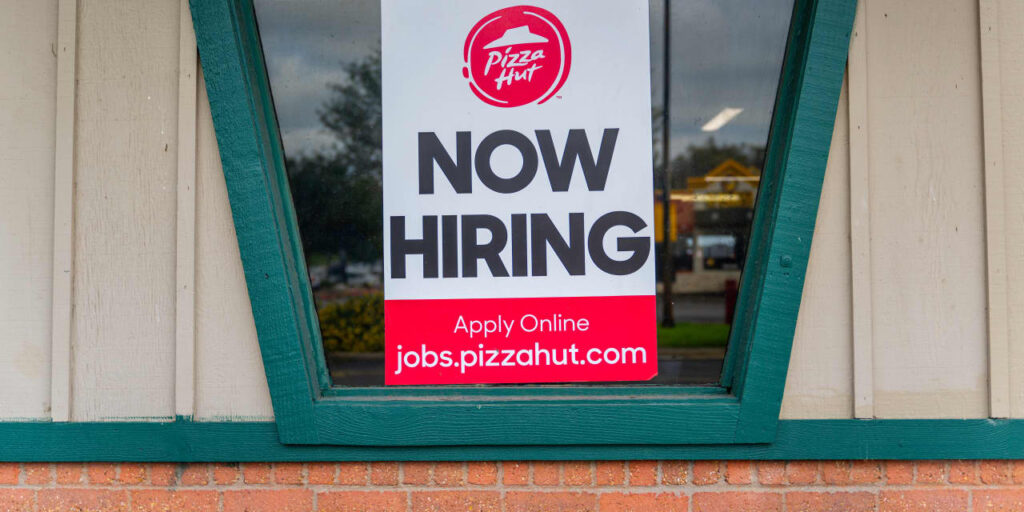Higher interest rates have squeezed the economy and prodded business to cut back on hiring, but a softer U.S. labor market still has plenty of muscle.
Here’s what to watch for in the December jobs report, due out Friday morning.
The forecast
The U.S is expected to add solid 170,000 jobs in December following a initial 199,000 gain in the prior month, economists polled by the Wall Street Journal forecast.
Yet estimates range far and wide — from 80,000 to 200,000 — underscoring lots of uncertainty on Wall Street.
One reason: Holiday hiring patterns have been disrupted since the pandemic, especially given a big shift toward online shopping.
Retailers and package shippers may have also hired fewer temporary workers than typical ahead of Christmas.
When that happens, the government’s usual process of adjusting the employment numbers for seasonal swings tend to get thrown out of whack. That could exaggerate the true state of hiring in December, either up or down.
One thing that is clear is hiring has slowed.
The economy added an average of 312,000 jobs a month in the 2023 first quarter, but that number fell to an average of 175,000 in October and November.
Unemployment rate
The percentage of jobless Americans seeking work is forecast to creep up to 3.8% from 3.7%. That’s still one of the lowest rates in decades, however.
There is one potential spoiler. The government will revise its unemployment data for the past five years.
Normally these changes are tiny, but if the revisions are unusually large, it could force economists to revisit prior assumptions about the labor market.
Wages and hours
Average hourly wages are forecast to rise 0.3% in December.
The rise in pay over the past year is likely to slow to 3.9% from 4.0%. While that’s still too high for the Federal Reserve, higher wages don’t appear to be a big driver of inflation.
What’s more, the rate of increase in pay in the last three months could slow to around 3.5%, putting it back to pre-pandemic levels at a time when inflation was very low.
Watch the number of hours worked, too. They tend to decline as the economy weakens. Businesses respond by either reducing employee hours or cutting jobs outright.
Hours worked by the average employee registered 34.4 in November, down from 34.6 hours about a year earlier.
Wild cards
Fewer businesses than usual have been responding to the government’s employment survey since the pandemic. What that’s led to are big revisions in the employment figures — usually on the downside — months after the initial results have been released.
“Low response rates to the BLS’s monthly establishment survey have been an issue since the onset of pandemic and continue to diminish the reliability of the initial estimate of job growth in any given month,” said Richard Moody, chief economist of Regions Financial.
Fed reaction
Top Fed officials want to see a further slowdown in job creation and wage growth to help the central bank in its fight against inflation.
Barring a sharp reversal of these trends, the Fed is unlikely to raise interest rates again this year.
Read the full article here











